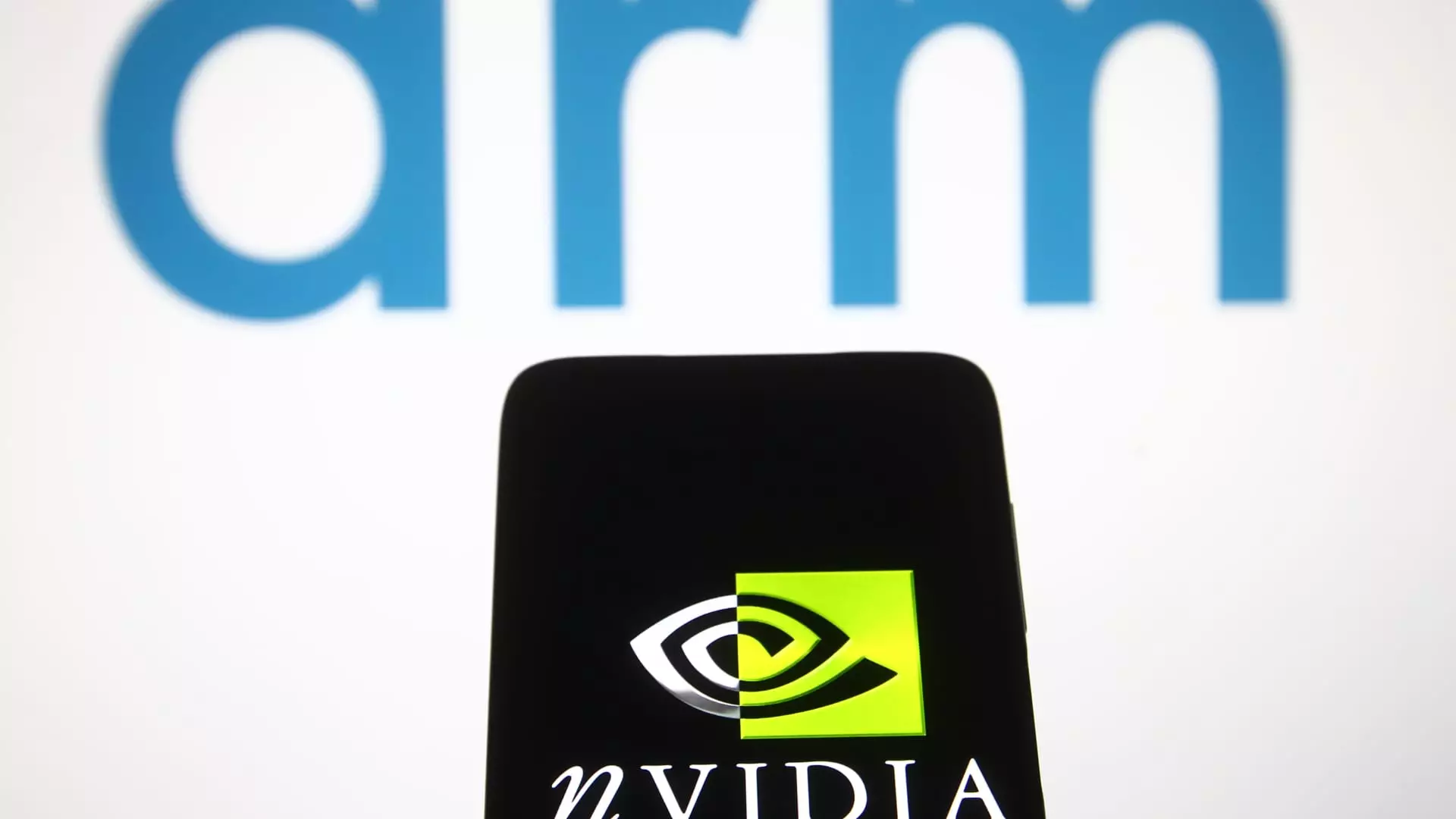The landscape of artificial intelligence (AI) and semiconductors is a hot topic among investors, as evidenced by Nvidia’s remarkable 200% rally this year. Arm, a British chip designer, is now preparing for a blockbuster initial public offering (IPO), aiming to raise nearly $5 billion and achieve a valuation of over $50 billion. Despite the excitement surrounding AI, analysts caution that Arm’s prospects differ significantly from those of Nvidia. While AI plays a critical role in the future of computing, Arm’s near-term growth is more reliant on mobile and royalty increases rather than the AI boom.
The Emergence of AI: Generative AI and Nvidia’s Success
AI has gained significant attention with the advent of generative AI, as exemplified by OpenAI’s ChatGPT. This particular technology is capable of generating answers based on user prompts, thanks to models trained on vast amounts of data. Nvidia specializes in designing graphics processing units (GPUs), semiconductors that are crucial for training and running AI models in data centers. The surge in interest for generative AI has propelled Nvidia’s earnings to new heights.
In contrast to Nvidia, Arm’s primary focus is on designing the blueprint or “architectures” for semiconductors rather than manufacturing them. These architectures encompass overall designs, including components and programming instructions. Arm primarily designs central processing units (CPUs) and currently dominates the smartphone market, with its CPUs present in 99% of smartphones worldwide, including those made by major players like Apple. While CPUs are utilized in data centers, they are often paired with GPUs for data training purposes.
The majority of Arm’s revenue comes from royalties and licensing its architectures, with more than 50% attributed to smartphones and consumer electronics. However, Arm is not experiencing a substantial AI boost at present. Jamie Mills O’Brien, an investment director at Abrdn, emphasizes that Arm’s near-term growth revolves around mobile devices and royalty increases rather than AI. The company’s exposure to AI is relatively limited compared to its presence in the mobile market.
Arm’s AI Future: The Potential in Edge Computing
Arm’s AI aspirations may not stem from the extensive chip requirements for training big data models; instead, the company is poised to become a significant player in edge computing. Edge computing refers to AI processes conducted on devices like smartphones, rather than in the cloud. To enable such advancements, devices will require low-power yet high-performance chips capable of handling the necessary computing tasks for AI applications. Arm is actively involved in designing the architecture for these chips.
Peter Richardson, a research director at Counterpoint Research, emphasizes that Arm-based processors are highly likely to dominate AI implementation on devices like smartphones and vehicles, where significant compute power is not readily available. Arm itself states in its IPO filing that its processors are already capable of efficiently handling AI workloads, such as voice recognition and image filtering, in the current smartphone market. However, Richard Windsor, the founder of Radio Free Mobile, cautions that the revenue benefits of AI may not be fully realized by Arm for at least three to five years.
SoftBank, Arm’s owner, has strategically positioned the company as an AI player akin to Nvidia. The long-term potential of running AI on end-devices is unquestionable, as it provides economic advantages, enhances service quality, and improves privacy and security. However, Windsor notes that such revenues are not currently accruing to Arm. While Arm’s focus on AI may lead to future success, it remains a distant prospect in terms of tangible revenue growth.
Arm’s preparation for an extensive IPO suggests strong investor interest in the increasingly interconnected worlds of semiconductors and AI. While Nvidia’s success serves as a testament to the market’s enthusiasm for AI, Arm’s future prospects differ significantly. In the near term, Arm’s growth will primarily stem from the mobile market and royalty increases, rather than a prominent AI presence. Nonetheless, Arm’s potential in edge computing and the optimization of AI architecture for low-power, high-performance chips positions the company for success in the long run. Ultimately, Arm’s journey through the ever-evolving landscape of AI and semiconductors will be one to watch closely in the years to come.


Leave a Reply